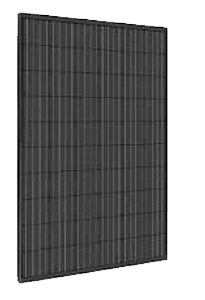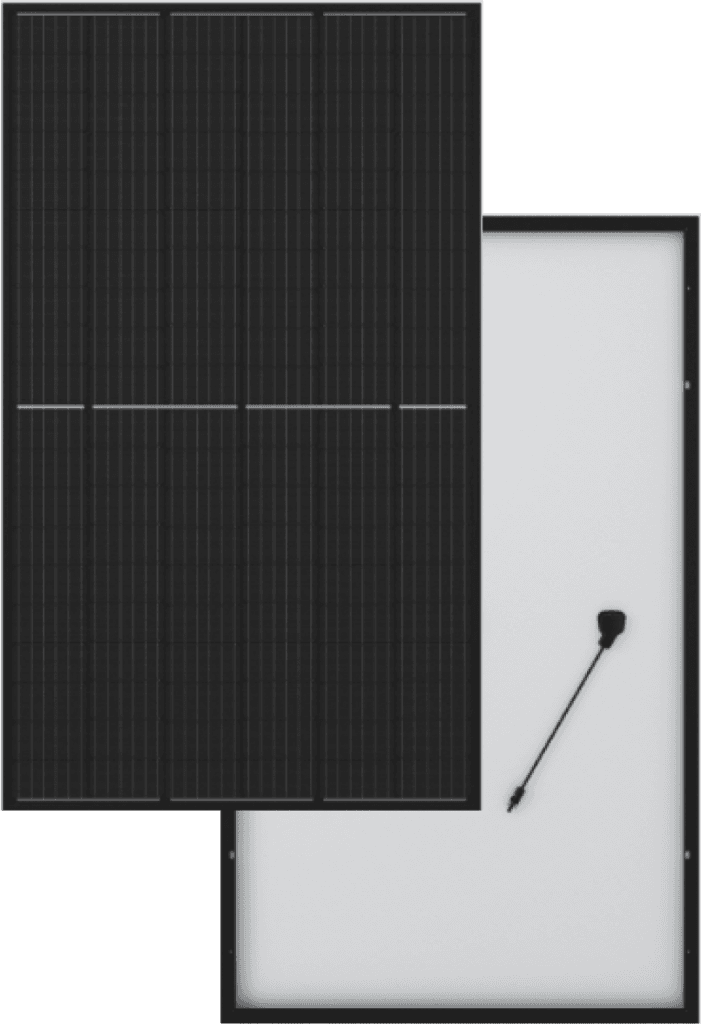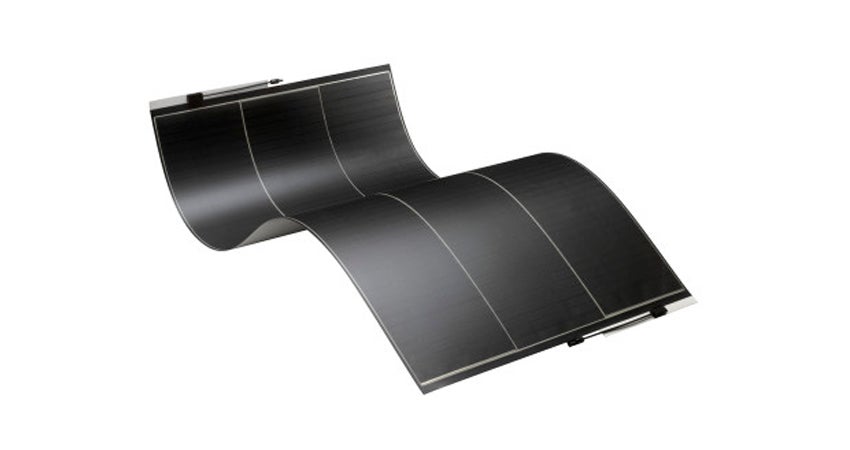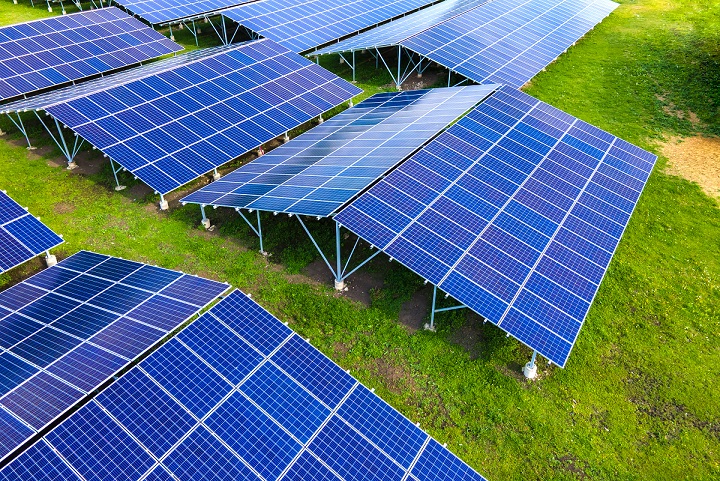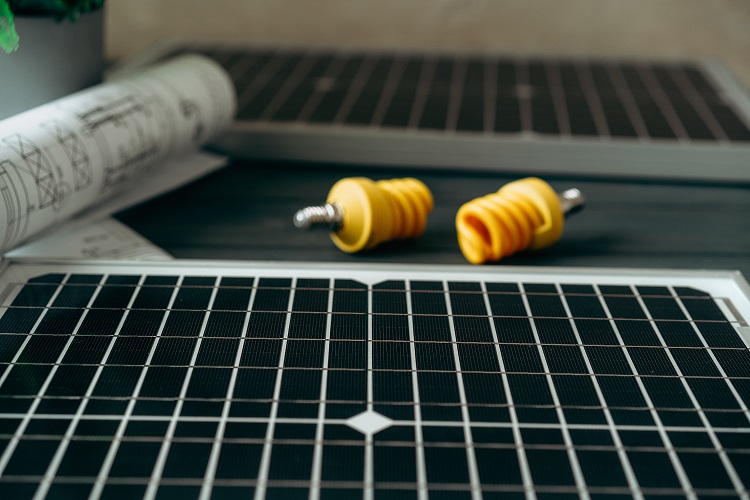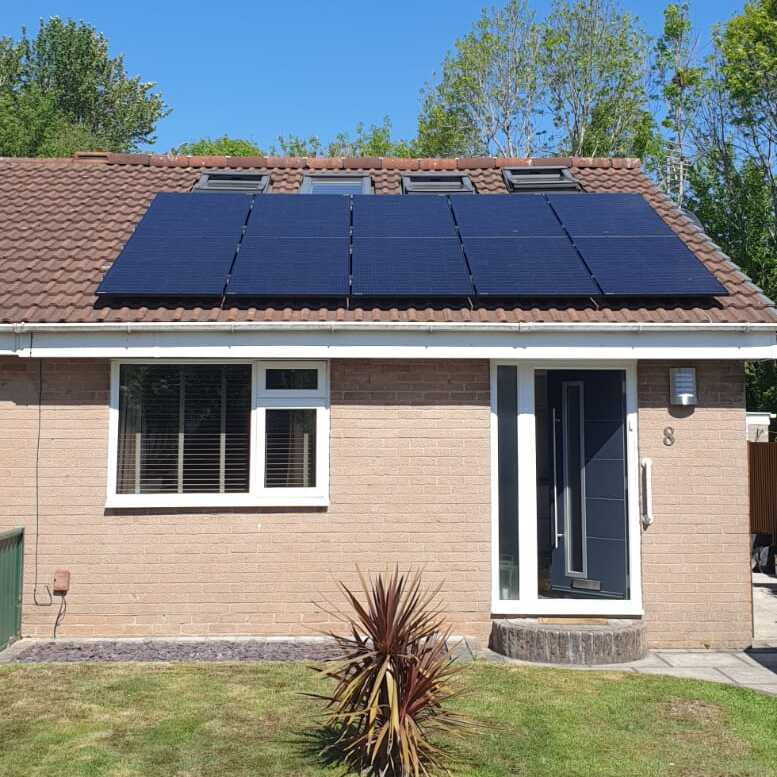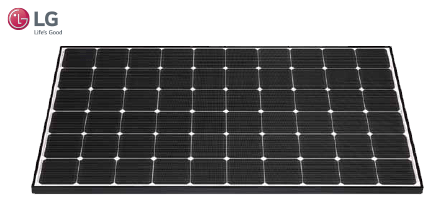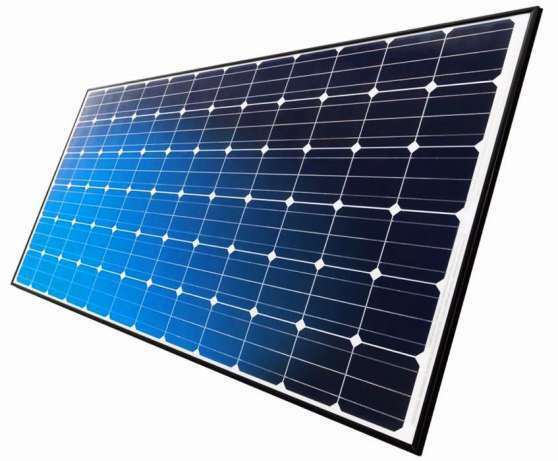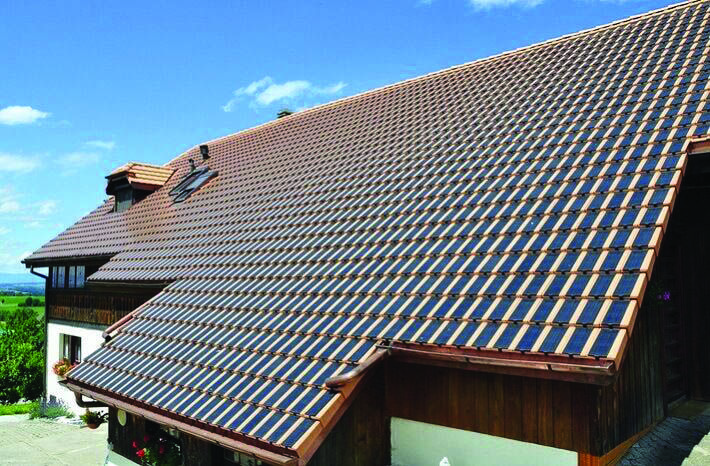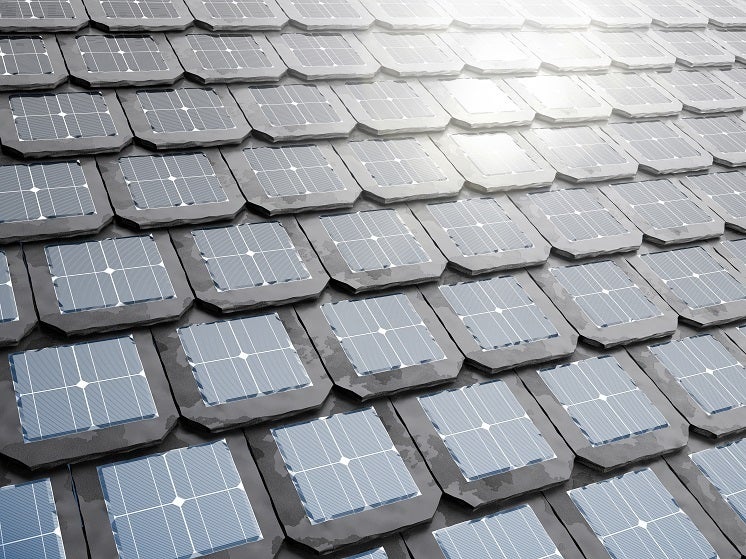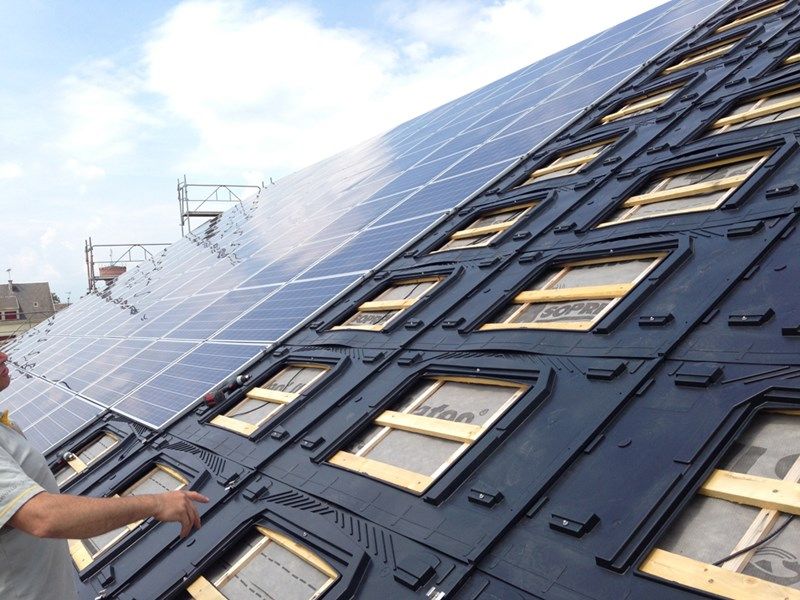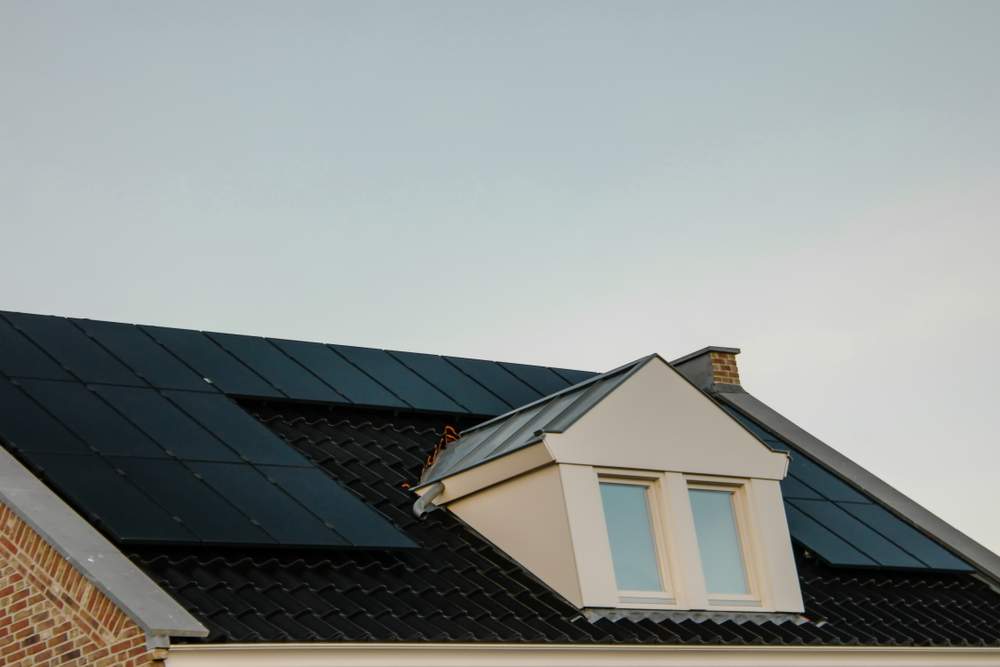What You Need to Know About Government Solar Panel Schemes
One advantage to switching to renewable energy solutions such as solar panels has been the possibility of receiving financial support from Government Solar Panel Schemes. Incentives have regularly offered grants, vouchers and discounts off the costs of turning away from fossil fuels and towards renewable heat and electricity. Although the scheme names and details change occasionally, there is usually something to help with initial installation costs for things like solar panels, heat pumps and solar battery systems.
Keeping up with the latest solar panel grants
Take the time to look out for updates to energy saving and energy efficiency support schemes that are out there. Some offer discounts for solar panel installation, while others pay you for excess electricity exported back to the National Grid. One Government deal sees a five per cent VAT reduction on the cost of either solar panels or their installation for people over sixty years old or in receipt of income or disability benefits.
Whatever type of green deal or ‘rent your roof’ arrangement you can find, you will likely find ways to reduce energy bills and enjoy better energy efficiency at the same time. Other deals and incentive schemes are also out there to help people meet the costs of switching to renewable energy. Here are some more details about three key green deals currently available for homes in the UK.
1. Smart Export Guarantee (SEG)
Many people who have already installed solar panel systems will be familiar with the Feed-in Tariff (FIT) scheme that began in 2010. The project encouraged people to switch to solar power by incentivising them to return any excess electricity that they generated back to the National Grid in return for a payment. The FIT scheme closed to new applicants in April 2019. It has since been replaced by a reasonably similar Smart Export Guarantee (SEG) scheme in January 2020.
This new process also allows people to sell surplus electricity back to the National Grid. However, it places the onus on electricity suppliers to offer their customers suitable tariffs to ensure that the scheme compensates them adequately. Energy suppliers with more than 150,000 customers are obliged to take part.
There are two types of SEG tariffs available to people who have installed solar panels under the arrangements. A fixed rate keeps the price the same throughout the duration of the contract. On the other hand, a variable rate enables the energy supplier to change the amount they pay you for the electricity you generate after an initial period of notice. Exact amounts will depend on where you live and how much electricity you use yourself.
To qualify for the scheme, you must have an approved renewable energy technology installed (including solar PV panels) with the required capacity and industry approvals. You cannot be a part of any other FIT schemes and must have an SEG-compatible smart meter installed to record the energy you export accurately.
2. Green Homes Grant Scheme
While solar PV panels are currently not part of the Green Homes Grant Scheme, you can apply for a grant to put towards a solar thermal panel system in England. This uses the solar energy from the sun to generate hot water for a property. As of September 2020, qualifying applicants have been able to get up to two-thirds of thermal solar panel installation costs on their property. Some grants are worth up to £5,000, while others aimed at low-income families could yield as much as £10,000 to cover installation costs. These grants are available until 31 March 2022.
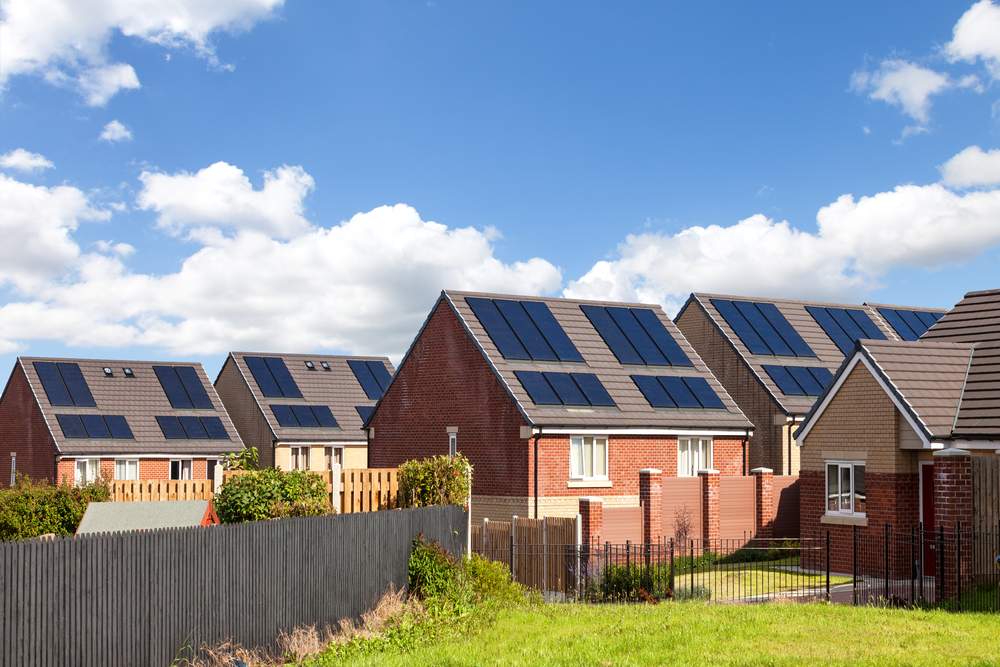
Both homeowners and landlords can apply for a Green Homes Grant voucher. It can be granted alongside other funding from Energy Company Obligation (ECO) schemes so long as both funding sets are used for different energy efficiency measures. For example, solar thermal panels plus loft insulation or cavity wall insulation. A Green Homes Grant can also be applied alongside the domestic renewable heat incentive (RHI) scheme.
3. Renewable Heat Incentive (RHI)
Again, this deal is currently only available for people installing solar thermal panels – not photovoltaic solar power systems. It offers qualifying people seven years of quarterly cash payments in return for their switching to renewable heating methods. The deal is due to end on 31 March 2022. So, anyone interested in registering who has not already done so now will need to act swiftly to take advantage. The RHI scheme was initially meant for commercial premises to heat their water using solar power. It was extended to domestic properties in 2014.
As well as solar thermal panels, RHI funding extends to other green heating methods for water, such as biomass boilers and pellet stoves. The seven-year support scheme offers payments tied to the type of technology used and the latest related tariffs. For more details of green deals and financial help with installing renewable energy systems such as solar panels, contact an expert at UPS Solar for tailored help, support and advice.




